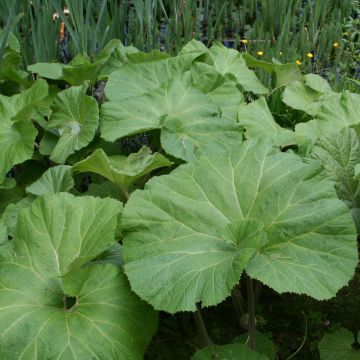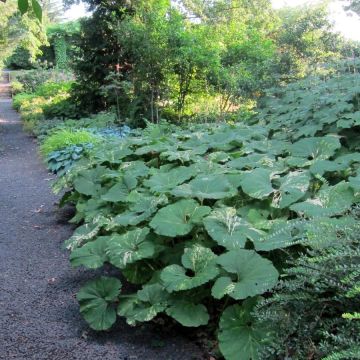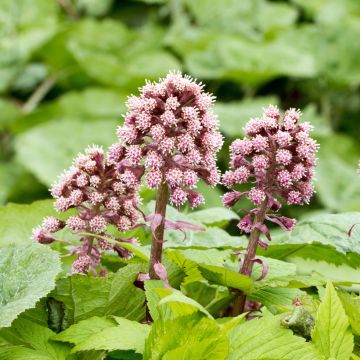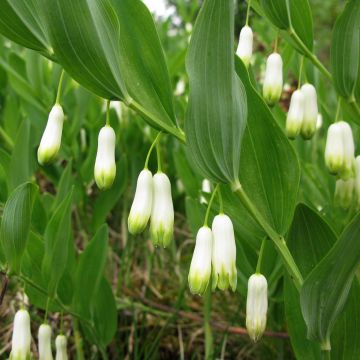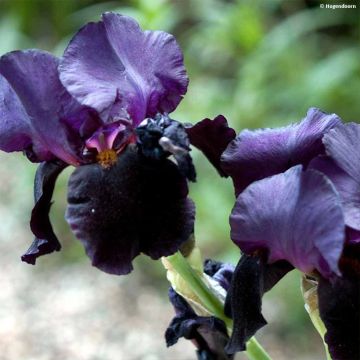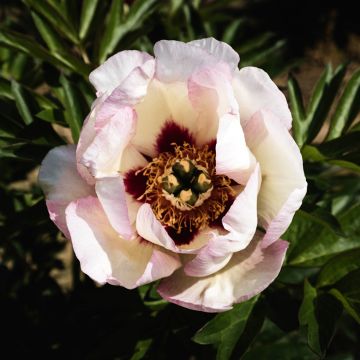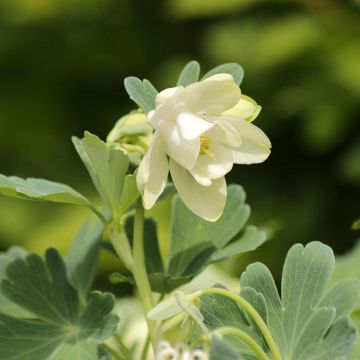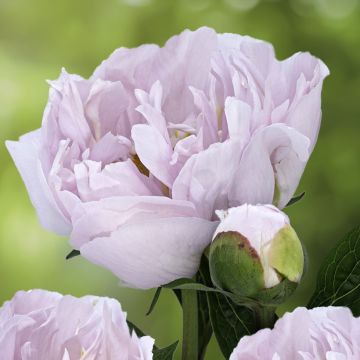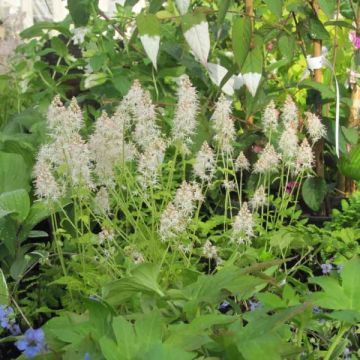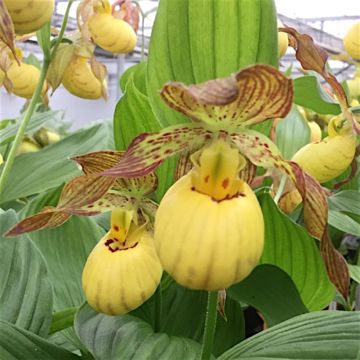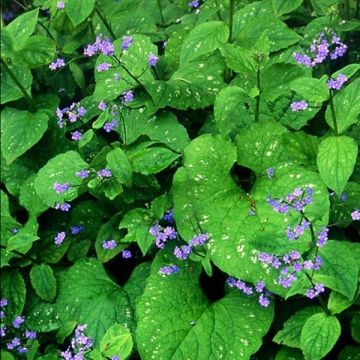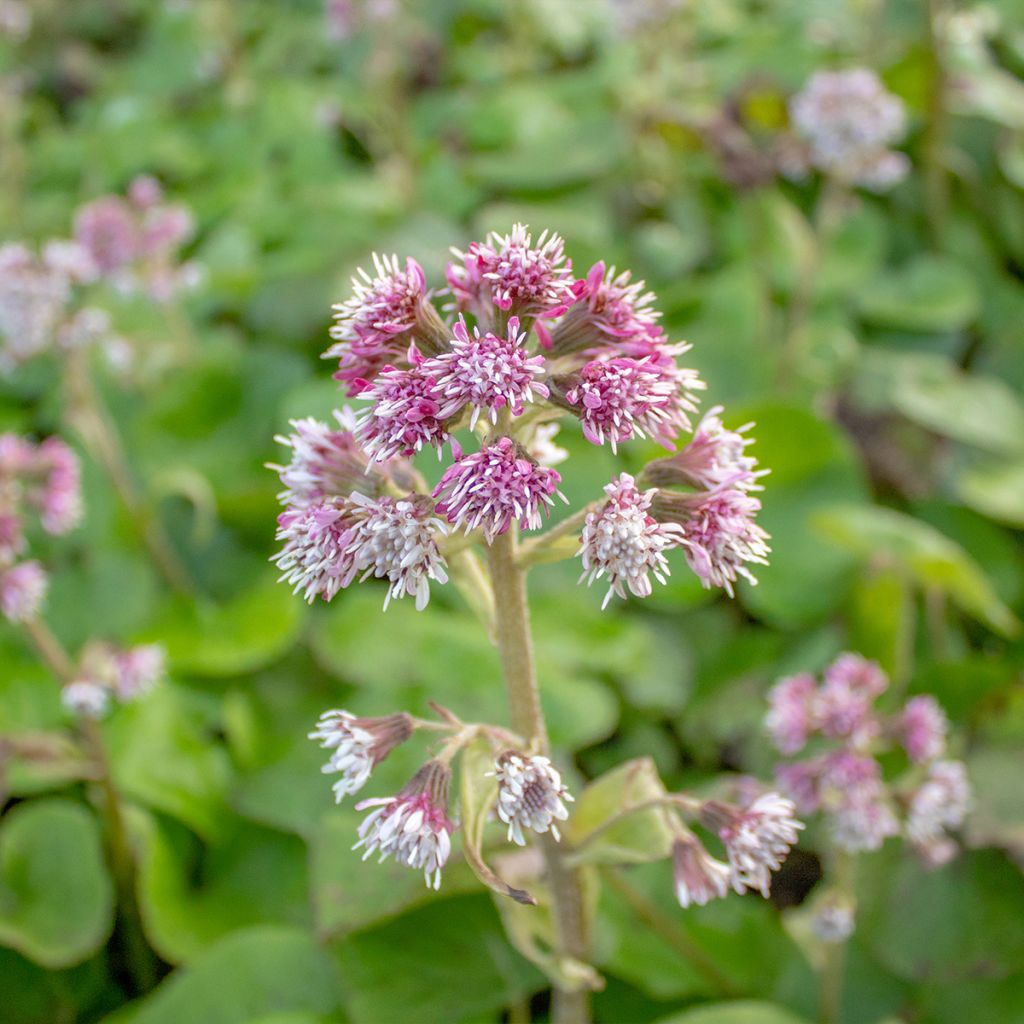

Petasites fragrans
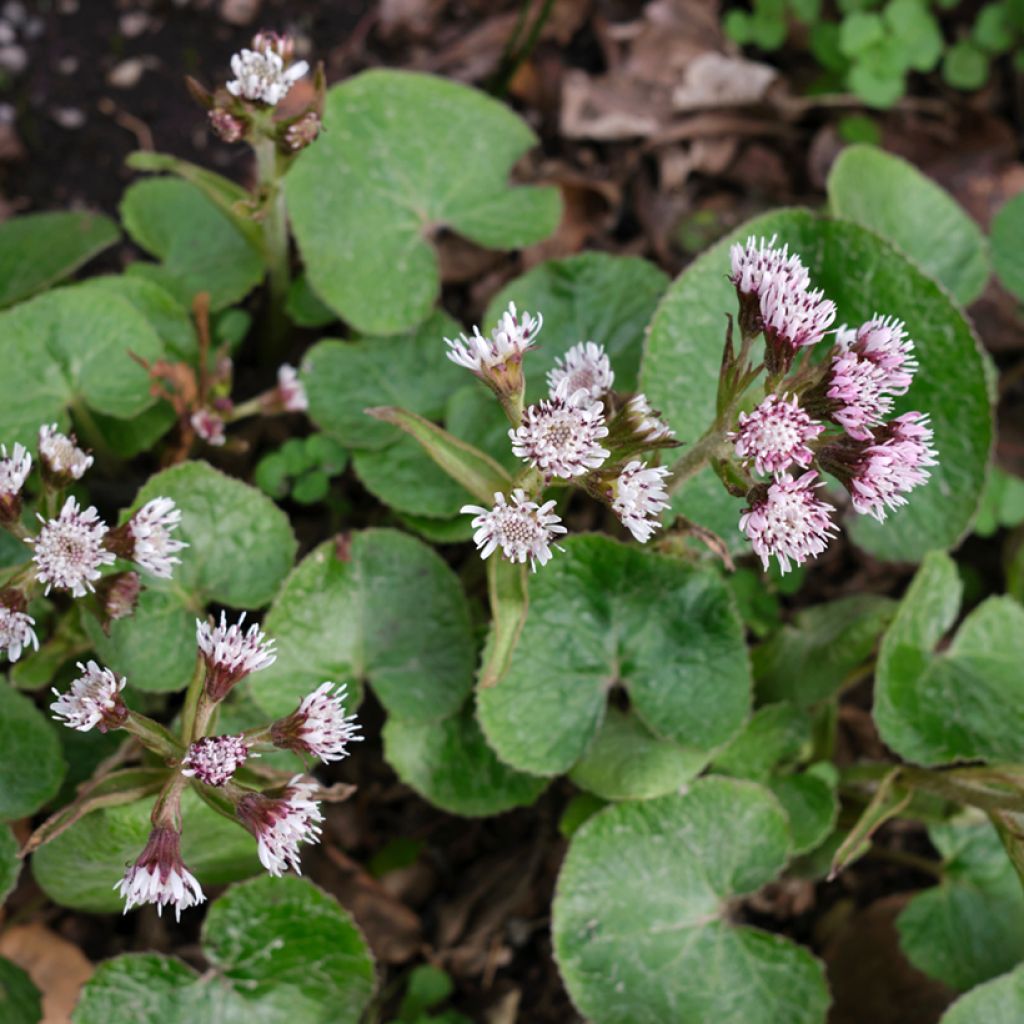

Petasites fragrans
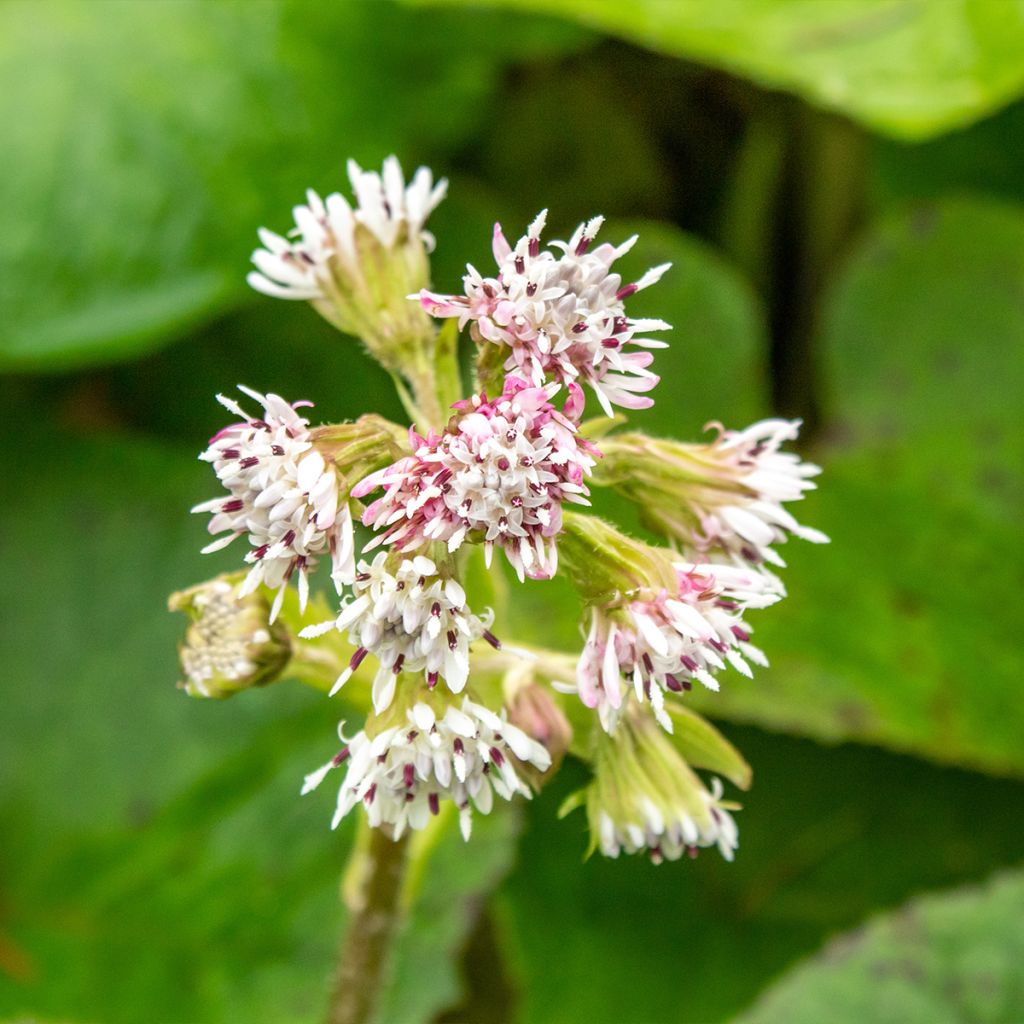

Petasites fragrans
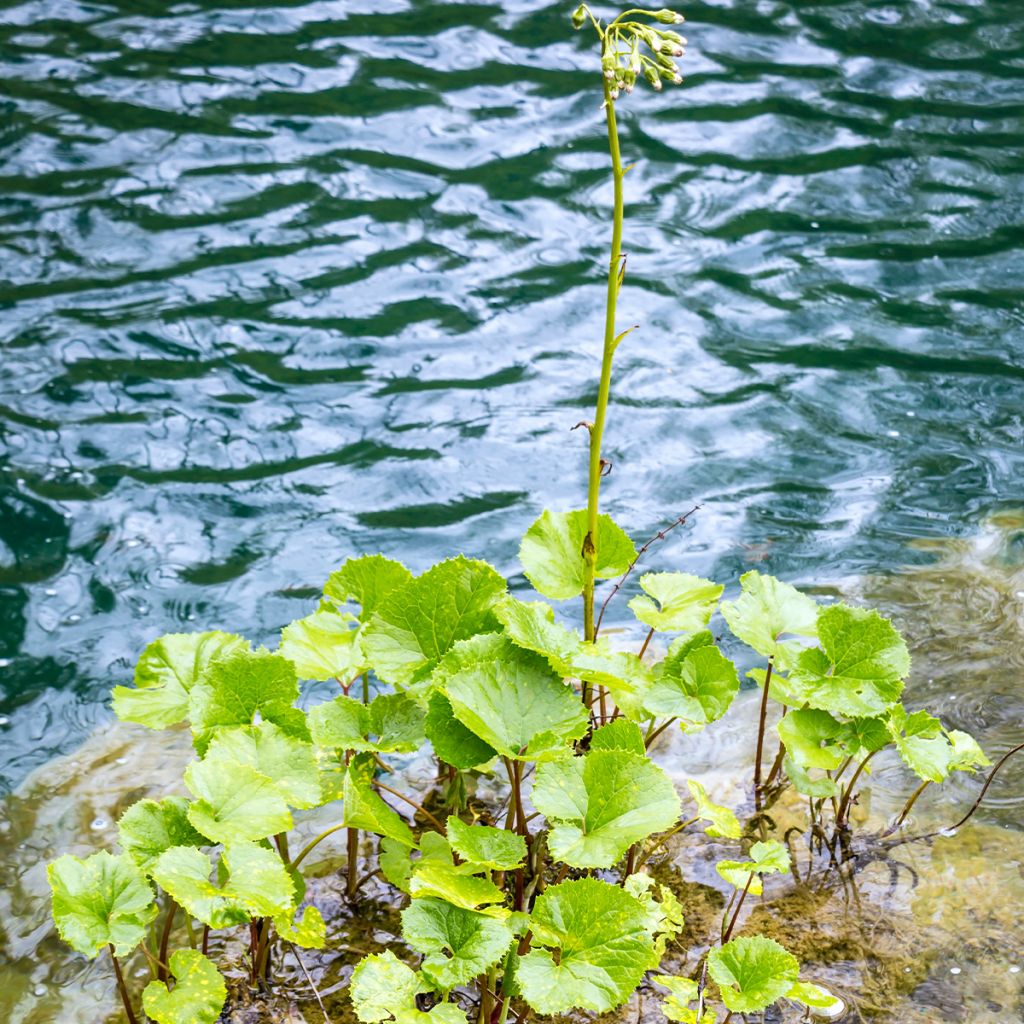

Petasites fragrans
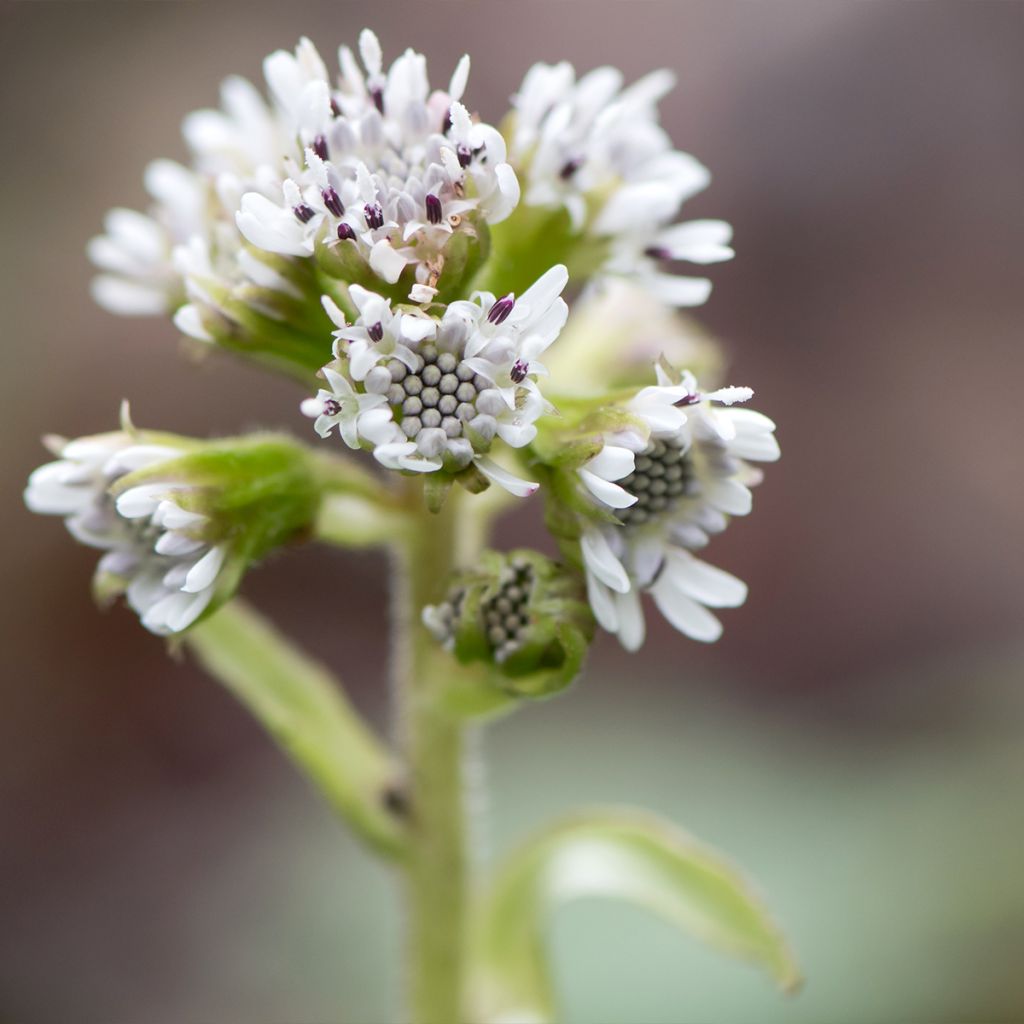

Petasites fragrans
Petasites fragrans
Petasites fragrans
Winter Heliotrope
Beautiful plant, as always
Fabrizio, 15/01/2024
This item cannot be shipped to the selected country
Delivery charge from €5.90
More information
Schedule delivery date,
and select date in basket
This plant carries a 12 months recovery warranty
More information
We guarantee the quality of our plants for a full growing cycle, and will replace at our expense any plant that fails to recover under normal climatic and planting conditions.
From €5.90 for pickup delivery and €6.90 for home delivery
Express home delivery from €8.90.
Does this plant fit my garden?
Set up your Plantfit profile →
Description
The Petasites fragrans or Petasites pyrenaicus, also known as Winter heliotrope, Fragrant Coltsfoot or Pyrénées Petasites, is a vigorous perennial ground cover that captivates with its pale lilac winter flowering and delightful heliotrope scent, reminiscent of vanilla. Its vigour and adaptability can be an advantage or a disadvantage: ideal in a wild and shady spot or on a riverbank, it is not recommended for small gardens or flower beds that it would quickly overwhelm with its beautiful foliage. As charming as it may be, its tendency to spread must be contained.
The Petasites fragrans is a plant of the Asteraceae family, native to North Africa and widespread in wet places in the Mediterranean region. It has become adventive or naturalised in many Western Europe and Oceania regions. This plant grows equally well on sunny riverbanks and in marshy areas as under trees in dry shade. Limestone and dry soils in summer do not bother it as long as it is in the shade.
With its rapid growth, the fragrant Coltsfoot forms a strongly carpeting clump reaching a height of 30 to 50 cm (12 to 20in) depending on the soil but spreading indefinitely over time through its powerful trailing rhizome. The plant is dioecious, meaning there are separate male and female plants. Both categories flower at the same time, between January and March. The flower head has the shape of an ovoid cluster. It consists of small female or male heads gathered in panicles. The pastel mauve flowers exhale a delightfully sweet scent reminiscent of vanilla. The foliage persists in winter if temperatures do not drop below -7°C (19.4°F). It may disappear in summer if the soil is too dry, reappearing as soon as the rain returns. The leaves are round, heart-shaped at the base, with a toothed edge, measuring 5 to 20 cm (2 to 8in) in all directions. Each leaf is carried by a petiole 10 to 30 cm (4 to 12in) long. The upper side of the leaf is dark green, and it is hairy on the young leaves. The underside is a paler green, covered in fine hairs.
Winter heliotrope is a useful plant to bring a green and fragrant touch to the garden during a period of the year that is quite poor in flowers. It can be planted at the boundaries of a large garden to ccover a slope or a ditch, at the corner of a small shady courtyard, or even in a slightly neglected woodland. It will release its fragrance even in the garden's more "civilised" areas. However, care must be taken to ensure that it does not exceed the allotted limits, as it ignores property boundaries and the rules of civility between neighbours.
Report an error about the product description
Petasites fragrans in pictures
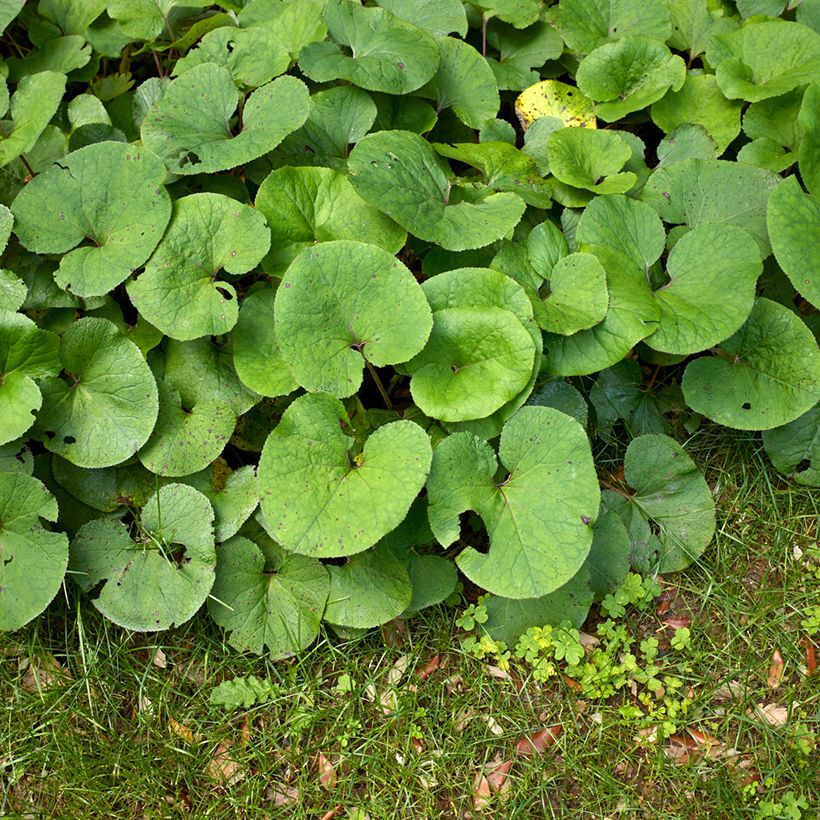

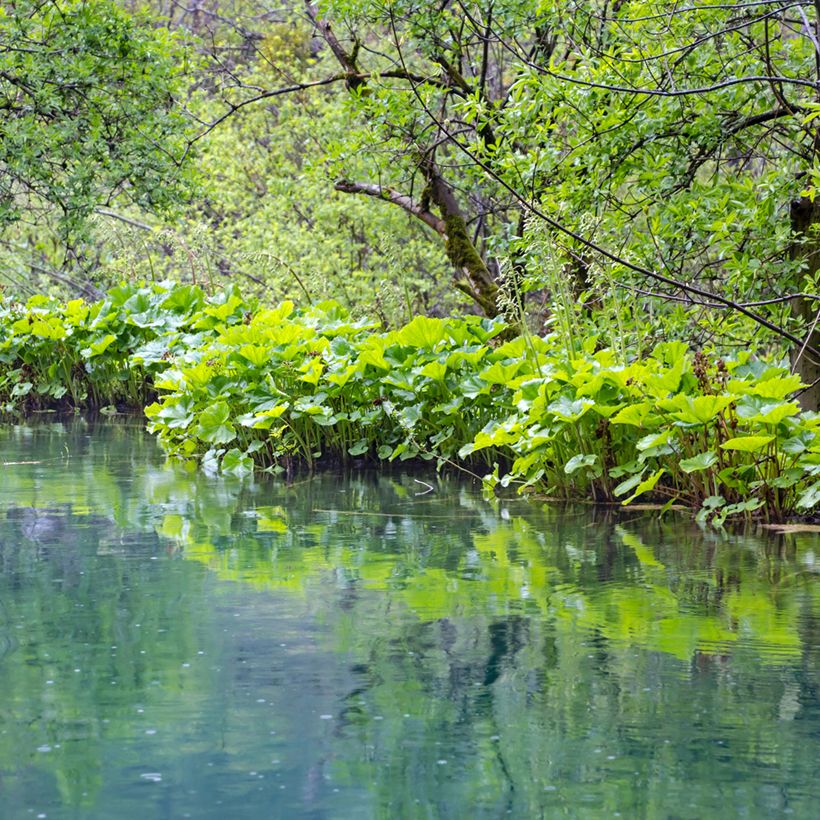

Flowering
Foliage
Plant habit
Botanical data
Petasites
fragrans
Asteraceae
Winter Heliotrope
Mediterranean
Other Petasites
Planting and care
The fragrant Petasites grows easily in the sun, in consistently moist to wet soil. Planted in partial shade or not too dense shade, this plant also adapts well to soils that dry out in summer by losing its foliage and going into dormancy until the rains return. It tolerates limestone well. This petasite is hardy up to -15 °C. The foliage persists as long as the temperatures do not drop below -7°C approximately. Limit its lateral growth by digging around the planting area in early spring, on the periphery, to remove wandering rootstocks.
Planting period
Intended location
Care
-
, onOrder confirmed
Reply from on Promesse de fleurs
Spring flowering perennials
Haven't found what you were looking for?
Hardiness is the lowest winter temperature a plant can endure without suffering serious damage or even dying. However, hardiness is affected by location (a sheltered area, such as a patio), protection (winter cover) and soil type (hardiness is improved by well-drained soil).

Photo Sharing Terms & Conditions
In order to encourage gardeners to interact and share their experiences, Promesse de fleurs offers various media enabling content to be uploaded onto its Site - in particular via the ‘Photo sharing’ module.
The User agrees to refrain from:
- Posting any content that is illegal, prejudicial, insulting, racist, inciteful to hatred, revisionist, contrary to public decency, that infringes on privacy or on the privacy rights of third parties, in particular the publicity rights of persons and goods, intellectual property rights, or the right to privacy.
- Submitting content on behalf of a third party;
- Impersonate the identity of a third party and/or publish any personal information about a third party;
In general, the User undertakes to refrain from any unethical behaviour.
All Content (in particular text, comments, files, images, photos, videos, creative works, etc.), which may be subject to property or intellectual property rights, image or other private rights, shall remain the property of the User, subject to the limited rights granted by the terms of the licence granted by Promesse de fleurs as stated below. Users are at liberty to publish or not to publish such Content on the Site, notably via the ‘Photo Sharing’ facility, and accept that this Content shall be made public and freely accessible, notably on the Internet.
Users further acknowledge, undertake to have ,and guarantee that they hold all necessary rights and permissions to publish such material on the Site, in particular with regard to the legislation in force pertaining to any privacy, property, intellectual property, image, or contractual rights, or rights of any other nature. By publishing such Content on the Site, Users acknowledge accepting full liability as publishers of the Content within the meaning of the law, and grant Promesse de fleurs, free of charge, an inclusive, worldwide licence for the said Content for the entire duration of its publication, including all reproduction, representation, up/downloading, displaying, performing, transmission, and storage rights.
Users also grant permission for their name to be linked to the Content and accept that this link may not always be made available.
By engaging in posting material, Users consent to their Content becoming automatically accessible on the Internet, in particular on other sites and/or blogs and/or web pages of the Promesse de fleurs site, including in particular social pages and the Promesse de fleurs catalogue.
Users may secure the removal of entrusted content free of charge by issuing a simple request via our contact form.
The flowering period indicated on our website applies to countries and regions located in USDA zone 8 (France, the United Kingdom, Ireland, the Netherlands, etc.)
It will vary according to where you live:
- In zones 9 to 10 (Italy, Spain, Greece, etc.), flowering will occur about 2 to 4 weeks earlier.
- In zones 6 to 7 (Germany, Poland, Slovenia, and lower mountainous regions), flowering will be delayed by 2 to 3 weeks.
- In zone 5 (Central Europe, Scandinavia), blooming will be delayed by 3 to 5 weeks.
In temperate climates, pruning of spring-flowering shrubs (forsythia, spireas, etc.) should be done just after flowering.
Pruning of summer-flowering shrubs (Indian Lilac, Perovskia, etc.) can be done in winter or spring.
In cold regions as well as with frost-sensitive plants, avoid pruning too early when severe frosts may still occur.
The planting period indicated on our website applies to countries and regions located in USDA zone 8 (France, United Kingdom, Ireland, Netherlands).
It will vary according to where you live:
- In Mediterranean zones (Marseille, Madrid, Milan, etc.), autumn and winter are the best planting periods.
- In continental zones (Strasbourg, Munich, Vienna, etc.), delay planting by 2 to 3 weeks in spring and bring it forward by 2 to 4 weeks in autumn.
- In mountainous regions (the Alps, Pyrenees, Carpathians, etc.), it is best to plant in late spring (May-June) or late summer (August-September).
The harvesting period indicated on our website applies to countries and regions in USDA zone 8 (France, England, Ireland, the Netherlands).
In colder areas (Scandinavia, Poland, Austria...) fruit and vegetable harvests are likely to be delayed by 3-4 weeks.
In warmer areas (Italy, Spain, Greece, etc.), harvesting will probably take place earlier, depending on weather conditions.
The sowing periods indicated on our website apply to countries and regions within USDA Zone 8 (France, UK, Ireland, Netherlands).
In colder areas (Scandinavia, Poland, Austria...), delay any outdoor sowing by 3-4 weeks, or sow under glass.
In warmer climes (Italy, Spain, Greece, etc.), bring outdoor sowing forward by a few weeks.

































